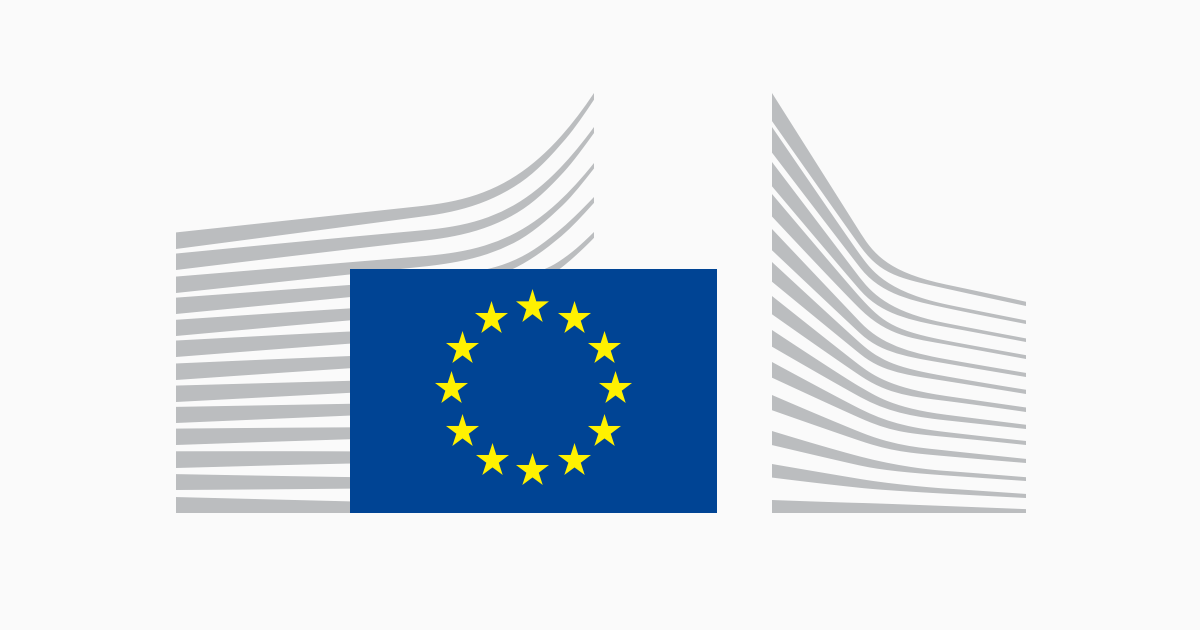Join the coalition - Right to Repair Europe
Thank you for your interest in getting involved in the Right to Repair Europe campaign! Membership to the coalition is open to groups and organisations from all over Europe, supportive and committed to the cause of a universal Right to Repair. These include among others: non-profit organisations, networks of community repair initiatives or professional repairers, … Continue reading "Join the coalition"| Right to Repair Europe


